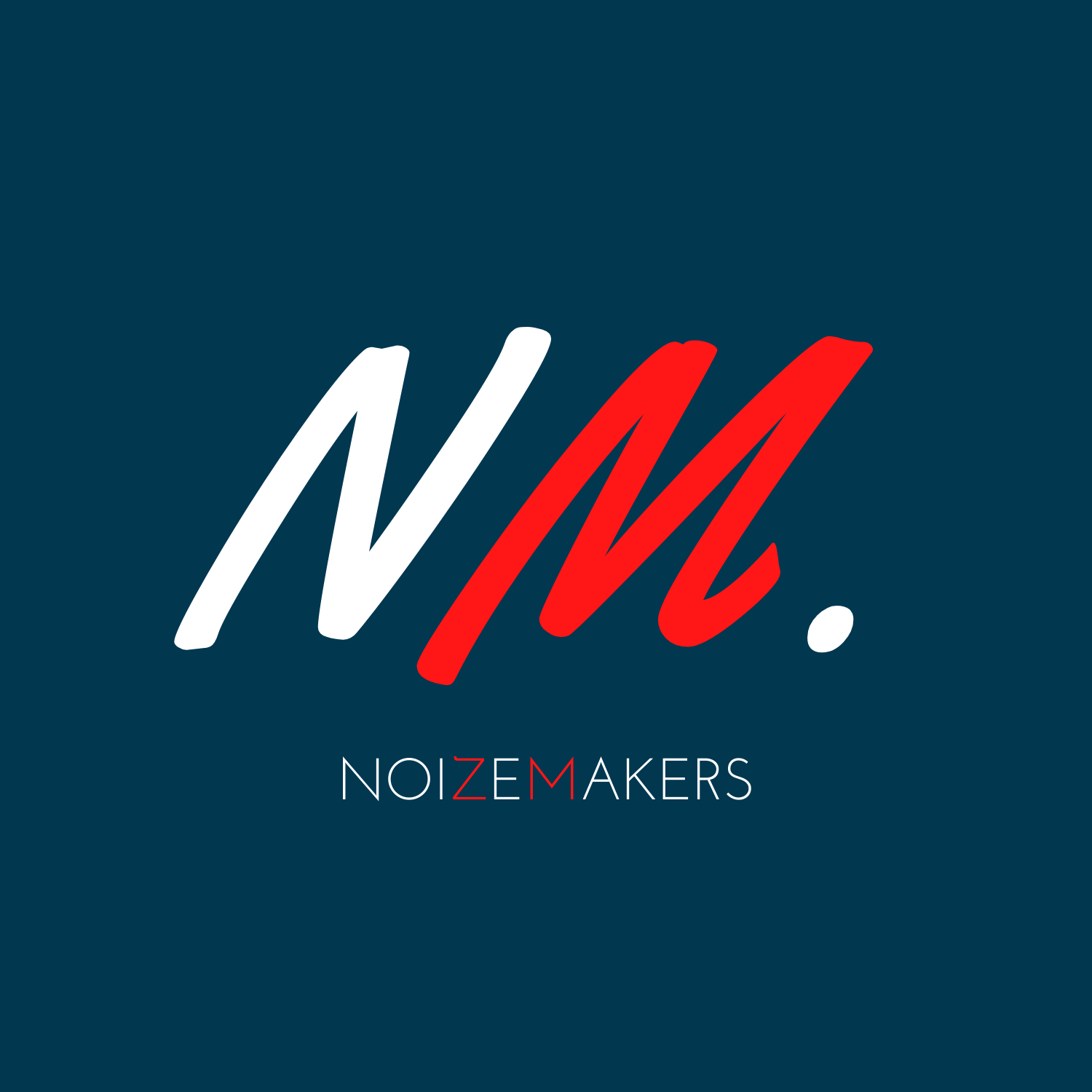Volkswagen Drives into the Future with ChatGPT Integration
Volkswagen is taking a major step in automotive innovation by integrating OpenAI’s ChatGPT into its vehicle systems. This cutting-edge partnership aims to transform in-car user experiences, offering smarter, more intuitive interactions powered by advanced AI.
AI-Powered Driving Assistance
The new feature will be rolled out into Volkswagen’s existing IDA voice assistant, available in select vehicles. ChatGPT’s conversational capabilities will enable drivers and passengers to perform tasks like asking detailed questions about car functions, navigating complex routes, and even managing calendar appointments—all through natural, fluid dialogue.
Unlike traditional voice assistants, ChatGPT's AI learns from context, allowing for more personalized and sophisticated responses. Whether you’re adjusting the temperature, searching for the nearest electric charging station, or getting weather updates, the system is designed to be as seamless as a human assistant.
Revolutionizing In-Car Connectivity
Volkswagen’s adoption of ChatGPT reflects a broader trend in the automotive industry toward integrating AI to enhance user experiences. By combining advanced software with hardware, the company is redefining what it means to interact with your vehicle. This move not only makes driving more convenient but also highlights the potential for AI to improve safety, with fewer distractions caused by manual inputs.
“ChatGPT integration marks a new era for in-car technology,” said a Volkswagen spokesperson. “It’s part of our vision to create smarter, more connected vehicles that align with the lifestyles of our customers.”
Implications for the Industry
This collaboration with OpenAI puts Volkswagen at the forefront of AI innovation in the automotive space. As competitors like Tesla and BMW develop their own AI-driven features, the race to create the ultimate smart car experience is heating up.
While Volkswagen has yet to announce a full rollout timeline, early adopters of the IDA assistant in Europe and the U.S. are expected to receive updates in early 2025.
